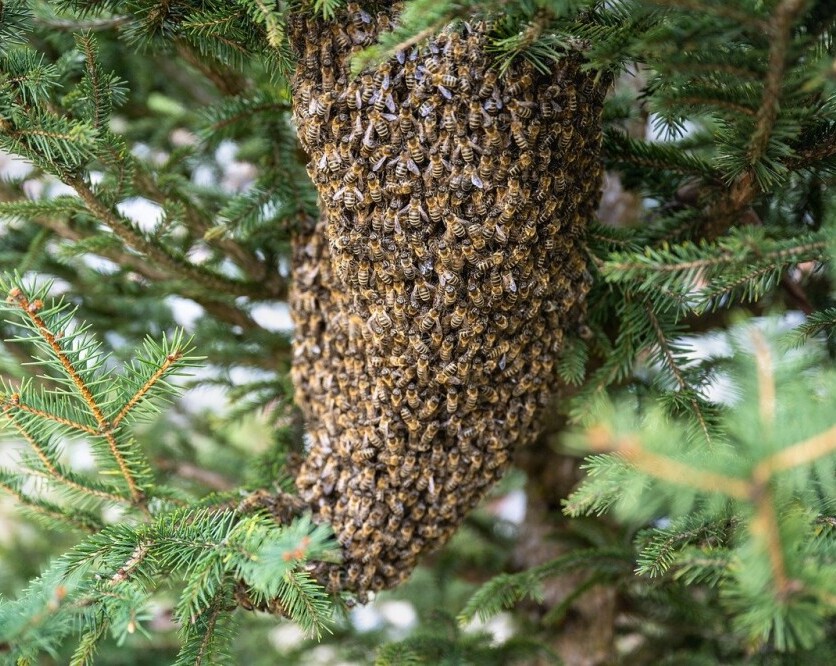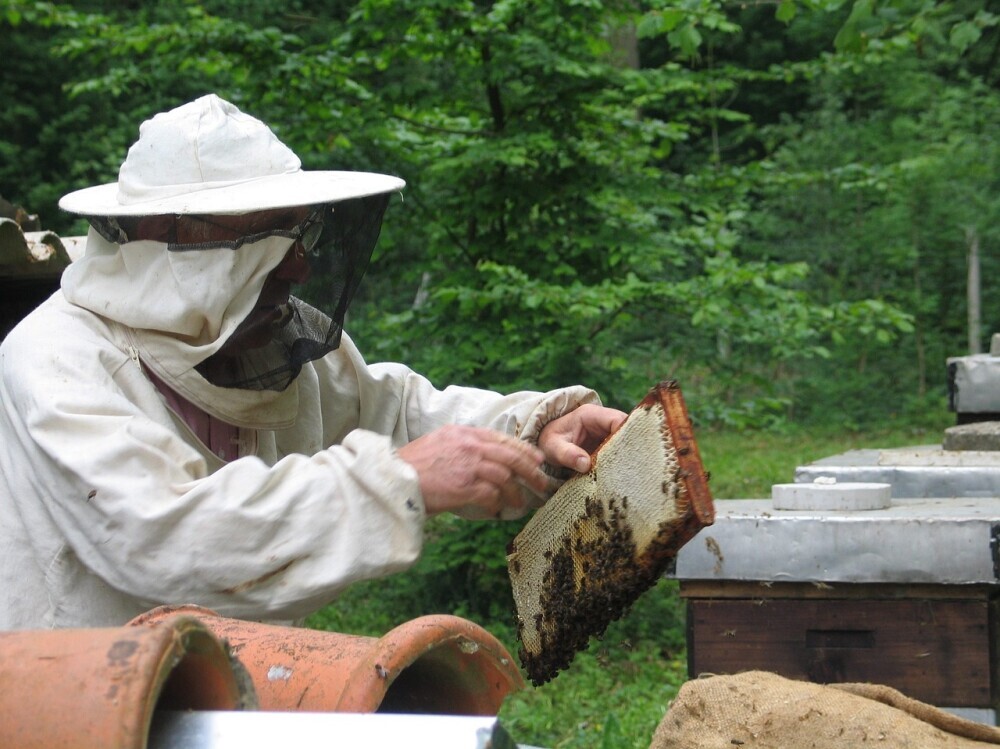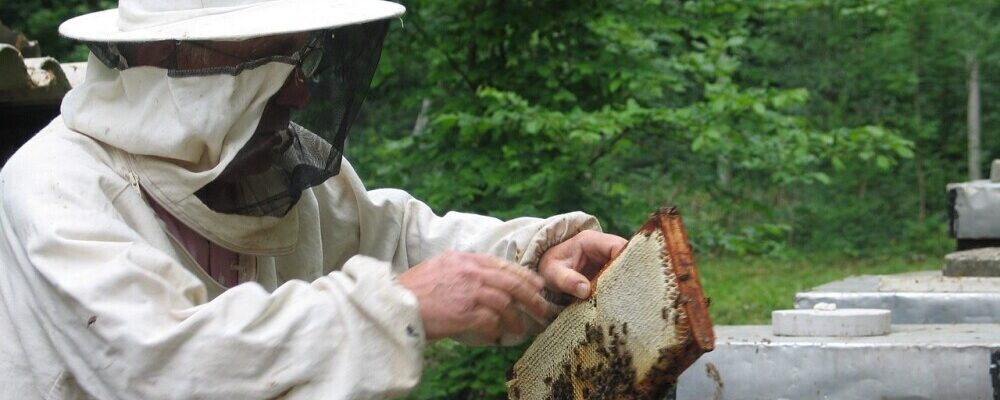In beekeeping, every season tells a different story, and it’s important to know each one to keep your buzzing buddies happy. The rhythms of nature demand changes in how we care for bees throughout the year. Some folks think it’s just about the hustle of collecting honey, but really, it’s about tuning in to what the bees need through each phase of the seasons.
Spring rolls in, and the action begins. With flowers blooming everywhere, it’s like a feast for the bees. But no time to rest — it’s all about cleaning up the hives and making sure they’re in tip-top condition to make the most of this productive period. And let’s not forget those busy little bees might even be in the mood for swarming, thinking the grass might be greener elsewhere.
When summer flexes its muscles, things heat up — literally. This season is what makes beekeeping so rewarding, with hives buzzing at full capacity and honey flowing like sweet liquid gold. But it’s also when you need to keep an eye on hive conditions to avoid overheating and ensure every bee gets the snacks they need, even when the flowers start drying up.

Before you know it, fall’s got you prepping for winter survival mode. Now it’s about downsizing the hive, feeding up those bees, and making them snug for the cold days ahead. It’s also a critical time to keep illnesses at bay and to sort out any pesky mite issues before they become a problem you’ll regret ignoring.
When winter really kicks in, the challenge shifts to keeping those little winged pals warm and safe. Bees have their tricks to huddle up for warmth, but they need a hand to keep things just right inside the hive. And don’t sweat those cold spells too much — it’s about checking just enough to prevent any unexpected disasters without disturbing their valuable rest.
Understanding these seasonal hoops and hurdles is your secret weapon in keeping a thriving hive. It’s all about being the steady hand that helps the colony survive and thrive, ready to face whatever nature throws their way as each season unfolds.
Spring Preparations: Kickstarting the Bee Colony
When the first signs of spring pop up, a beekeeper’s to-do list grows as fast as the flowers. It’s the season of renewed life, and your bee colony is itching to get out there. First up, cleaning those hives. After a long winter, hives need a good scrub to ensure your bees have a spick-and-span space to work from. Getting this right sets the stage for a busy few months.
Spring is also a prime time to manage blossoms bursting into bloom all around. Your bees get busy gathering nectar in earnest, which means you need to make sure there’s plenty of space for all that collecting. It’s not about hoarding honey just yet, but rather encouraging the bees to make the most of nature’s buffet.
Now, about swarming — picture hundreds of bees deciding they’d like a change of address suddenly. Fun, right? Actually, it’s part of their natural behavior. Encouraging swarm readiness can keep your hive numbers in check and might just prevent half your colony from waving goodbye. Keep an eye on the queen; she’s the star here, and making sure she’s happy helps keep everyone else around. Splitting your hive is a common practice for most beekeepers, too.

After winter, colonies need to remember how to stretch out and grow again.
The plan for this is simple: supply everything your bees need to thrive, and they’ll handle the rest, creating strong, productive hives.
This is also the time to shuffle a few frames if needed, promoting efficient space use and boosting future honey haul potential.
Spring is where the groundwork happens for all the honey-loving moments to follow. A little planning and the right preparation keeps your bees buzzing and you smiling as you watch the fruits of your labor — or rather, the honey of your labor — come to life.
Summer Management: Harnessing the Peak Season
In summer, the hive transforms into a bustling factory, and it’s all systems go. Bees are at their most active, working sunup to sundown. This golden time is when honey production reaches its peak, and your role is to play the smooth operator, keeping everything on track.

Managing hive population during summer is key. When colonies grow, more bees mean more honey, but crowding can become a problem. Providing enough space and monitoring hive expansion prevents any unwanted dramas.
Also, do not forget that pesky Varroa mites do not rest and can be at an all time high if you are not proactively testing your hives.
Summer sun can be relentless, making overheating a real risk for your bees. It’s about finding that balance — shading hives, ensuring proper ventilation, and maybe even adding some water sources nearby for bees to cool off.
The nectar flow is a feast, but there’s a flip side. When flowers dry up, nectar scarcity can hit, a situation known as a dearth. Your task here is ensuring your bees don’t miss a beat by strategically managing their nutrition so honey stocks stay healthy.
This season is your chance to tap into nature’s bounty and maximize honey harvests while also keeping tabs on hive health and productivity. Keep your bees comfy and well-fed, and they’ll reward you richly.
Fall Readiness: Preparing for Winter Survival
As fall approaches, it’s time to switch gears and help your bee colony shift into hibernation mode. Fall is all about getting your hive prepped for the chilly challenges ahead. It’s a season of getting things in order so the bees can weather the winter with minimal losses.
One important fall task is managing hive size. A slightly smaller hive means the bees can conserve energy more efficiently by heating a smaller space. This means removing any old or unused hive boxes can really help.
You’ll also want to focus on supplemental feeding. As flowers become scarce and honey reserves dwindle, you’ve got to make sure your bees have enough food to last through the long, foodless winter months. Feeding sugar syrup or fondant can supply that much-needed nourishment.
There’s always the worry about illnesses and Varroa mites; fall is a great time to get ahead of these issues. Conduct thorough inspections and apply treatments as necessary. Mite checks and treatments can prevent infestations from building up and harming your colony during their vulnerable winter stage.

Don’t forget to factor in environmental adjustments, such as proper hive ventilation and insulation. Too much moisture can be a killer during winter, so ensuring good airflow while maintaining warmth is really the art here.
These preparations not only safeguard your bees through winter but set the stage for a strong start when spring rolls around again. Keeping the hive healthy and well-provided for now pays off in dividends when the days start warming up once more.
Wintering Bees: Protecting Against the Cold
Winter might seem quiet, but it’s a crucial time for beekeeping. Inside the hive, bees cluster together, creating kinetic energy to maintain warmth. It’s an impressive natural response, but they could use a bit of help from their human friends.
Maintaining the right temperature and humidity within the hive is essential. Too much moisture can drip back into the cluster, chilling bees or even leading to mold. But on the other hand, if you live in colder climates, proper hive insulation helps keep internal temperatures stable, shielding the bees from freezing conditions outside.

Winter checks, though less frequent, are about striking a balance. You need to ensure everything inside the hive is functioning as it should without disrupting the bees’ delicate winter break. A quick peek to confirm there’s enough food or to adjust insulation is typically all you need. Anything more than this, you take a risk of your bees freezing to death.
Condensation is a common issue. Use an upward insulation layer to catch moisture and keep it from freezing on the bees. Simple tweaks can prevent mid-winter crises.
Starved colonies don’t bounce back, so keep feeding and hive health in mind. Hefting hives or unobtrusive checks help gauge whether food supplies are still adequate.
Winter’s all about survival, minimizing stress, and keeping your bees safe. With thoughtful care, you’ll emerge into spring with strong, ready-to-roll colonies when blooms begin.
Embracing Evolving Challenges: Climate Change Impacts on Beekeeping
Climate change isn’t just a buzzword for beekeepers; it’s an evolving challenge that requires flexibility in managing your hives. Shifting weather patterns mean that bees face disruptions in their natural lifecycle. This can result in unpredictable seasons or altered blooming cycles, which throw bees off their rhythm, potentially impacting their health and productivity.
Adaptation is the name of the game. Keeping an ear to the ground regarding new beekeeping technologies or hive designs could offer neat solutions to changing environments.
It’s all about community, too. Sharing experiences with other beekeepers often yields fresh insights and strategies. Plus, networking offers support and spurs collective learning, which can only benefit your bees.

Proactive risk management means looking ahead and planning for potential climatic shifts. Identify environmental stressors and fine-tune your practices to raise resilient, strong colonies.
By staying tuned into the latest research and pivoting practices accordingly, you’ll help future-proof your apiary against these shifting realities. With everyone working together, we can better protect these vital creatures, ensuring they continue their crucial role in our ecosystems.

2 comments on “Handling Seasonal Beekeeping Challenges”
Kavitha
November 10, 2024 at 8:34 amLove this detailed breakdown of seasonal beekeeping! It really emphasizes how much care and attention bees need year-round to stay healthy. Each season brings its own set of challenges, and it’s fascinating how every little task, from spring cleaning to winter insulation, impacts the hive’s well-being. The part about climate change hits close to home too. It’s a reminder that we have to stay adaptable as beekeepers to support our buzzing friends in a changing world.
Randi
November 10, 2024 at 10:52 pmThanks so much! I’m glad you enjoyed the breakdown. It’s true, each season brings something new to keep in mind, and those little tasks really add up for the hive’s health. It’s a team effort to keep our bees thriving, and I’m grateful to be part of a community that cares so much!